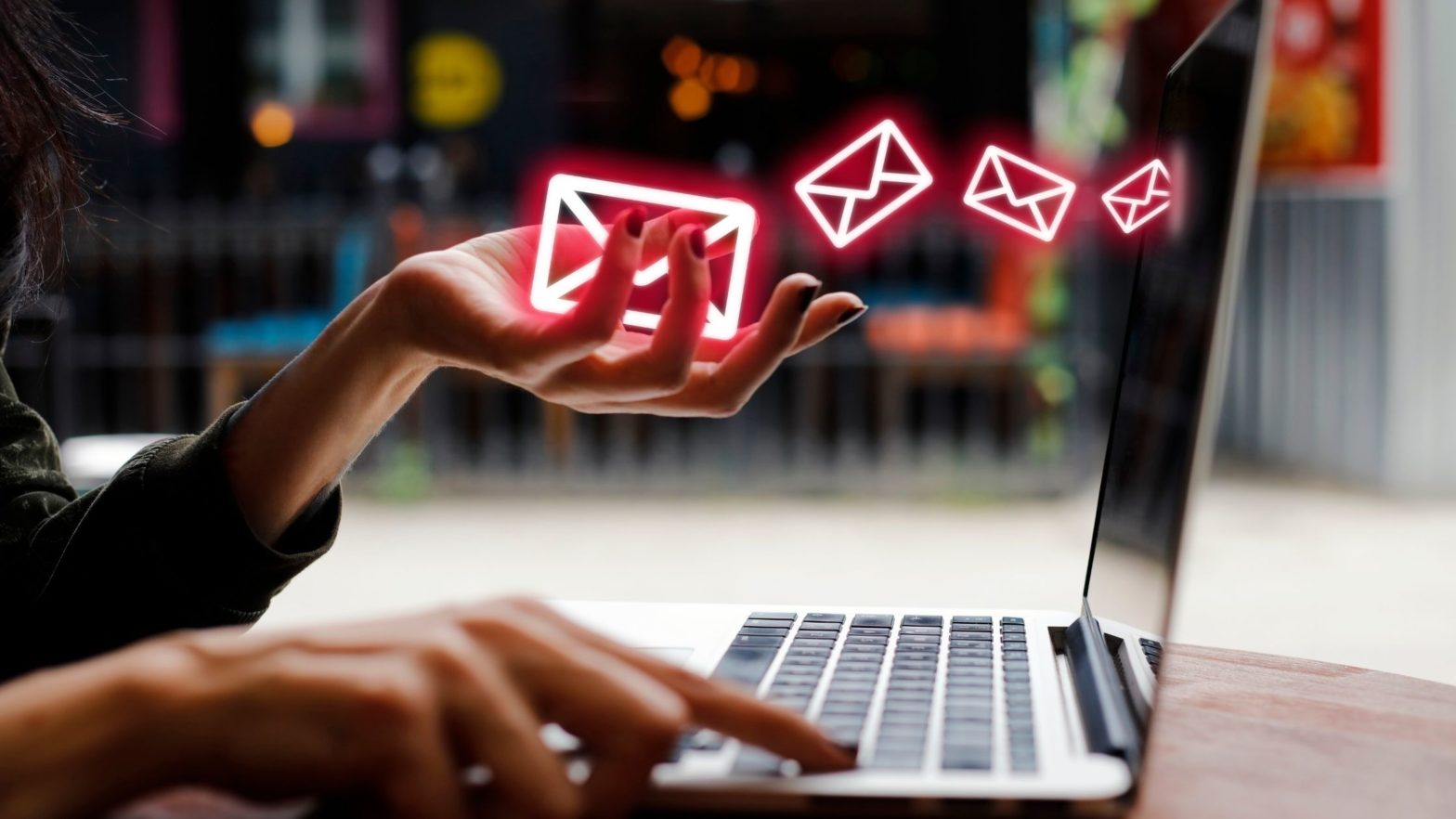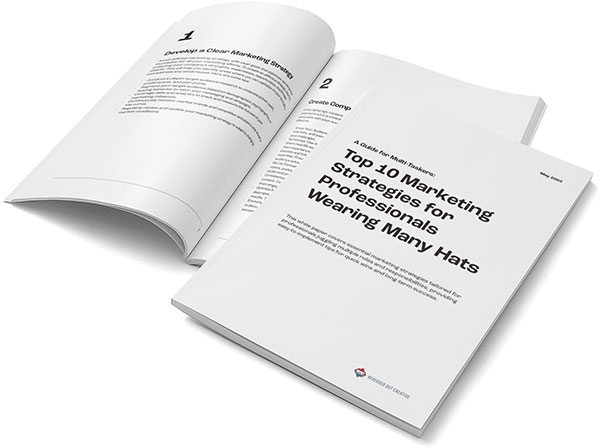
Customers of modern e-commerce companies can be reached through a variety of different mediums. Customers who shop at the top online stores are those who know when to use SMS, push notifications, and email. All channels have their advantages and disadvantages. Here, you’ll find all the information you need to select the finest communication channels for your business between email vs push notification. If you’d like, we’ve also included some money-saving recommendations for your marketing strategy. Let’s get started! Every e-commerce entrepreneur wants to find the best way to communicate with their customers in order to get the most out of their time and resources with the help of digital marketing services in Cincinnati. Customers will be more likely to interact with your store if it is easy and enjoyable for them to do so.
Key Considerations In Choosing Email Vs Push Notification
1. Channel Statistics
There are a few metrics to keep in mind while planning your marketing initiatives. The research shows that mobile push outperforms email in terms of open and click-through rates. Email open rates were shown to be less than 2% in a recent study. Push alerts, on the other hand, had an open rate of just 20%.
The deliverability of email is similarly inferior to that of mobile push. More than 20% of emails never reach their intended recipient, according to one survey from 2020. This represents a 4% increase in email delivery failures since July 2019. As a result, push delivery is significantly more prevalent.
An email has a lower click-through and deliverability rate than a mobile push, but it outperforms both in terms of ROI and adoption. According to the Digital Marketing Foundation, every dollar invested in email marketing returned $38 in profit. With a US market penetration rate of 90,9 per cent as of 2019, email has surpassed mobile push as the most often used method of sending messages.
2. Message Content and Length
Content is the first major difference between email vs push notification. Emails have a greater capacity for content than push notifications, which are often limited to a few hundred characters.
Think about the amount of information you need to convey your message and whether you can best deliver your CTA in a long or short manner. Copywriting bandwidth for email is significantly higher than for mobile push notifications, yet mobile push takes less time to compose and execute. Email content, on the other hand, offers more scope for originality and customization.
3. Audience
What are the differences between your email and mobile push audiences? Users that have provided permission to receive notifications from your app are included in your mobile push audience. Notifications are enabled by default on Android devices, but not by default on iOS devices. According to the research, about 52% of mobile users use push notifications.
In contrast, everyone who has signed up for your email list is part of your email audience. These are customers that have agreed to receive messages from your brand by providing personal information (User Identified Information). By offering incentives like first-order discounts and gated information, as well as building well-placed and timely opt-ins on their websites, brands work hard to grow their email subscriber lists. This is a process and a skill in and of itself, so keep this in mind while you’re getting started with email marketing.
4. Ideal Messaging Frequency
You may establish a long-term relationship with your users through the usage of mobile push and email. However, you should take into account how frequently you communicate with your clients on each of these platforms. Due to the nature of mobile push notifications, you may expect to communicate with your clients on a more regular basis. They’re frequently used to entice users to return to your app after a break. Every day, a slew of smartphone push notifications will be sent out by several brands. We try to send out two notifications a day as a general rule.
Email, on the other hand, is a more cumbersome medium through which messages should be transmitted less frequently. Unsubscribing and email open rates are likely to decrease if you send too many emails. Businesses should try to send out emails on a weekly or bimonthly basis on average.
5. Sensitivity
Mobile push is a more sensitive channel than email. Users are more likely to pay attention to alerts when they are displayed in real-time and in the middle of their screens. Users are more likely to become irritated if you send content that is extremely salesy, badly timed, or irrelevant to their interests when using this channel. For regular promotions, newsletters, and product updates, email is a superior channel to social media. There is a clear preference for receiving promotions by email, according to the research. Because of the closeness of push, your messaging must be more deliberate and precise.
6. Urgency
What is the urgency of the message you’re trying to get across? Your message’s importance doesn’t seem to depend on how quickly it gets out there. As an alternative, do you provide content that your subscribers can access at their own convenience? Push notifications are an ideal route for time-sensitive content because they are frequently seen by consumers in real-time. For important messages, such as reminders, order delivery updates, fraud alerts, or breaking news, use smartphone push notifications.
Consider emailing if the message will be able to wait. Stay tactical in your approach and avoid sending too much stuff that can wait for the mobile push. It’s ideal for content like newsletters, lengthy onboarding instructions, and other assets because email users tend to read it later.
7. Message Stability
Think about how long you want your message to last before you decide whether to use email or mobile push.
Invoices, lab test results, tickets, delivery confirmations, and messages with attachments are all examples of communications that users may want to examine at a later date. Mobile push notifications are inconvenient for information a user may wish to revisit since, unlike emails, they do not remain in a user’s inbox and cannot be prioritized or starred for subsequent reference.
Mobile push is perfect for messages that should be remembered only briefly, such as real-time, short updates.
Bottom Line: Which is Best For Your Brand?
It’s not a choice between email vs push notification, as some may believe. When it comes to a well-rounded marketing strategy, it’s common for both to be used. However, in some situations, only one of these options will do. Except for a reminder of an approaching event or a new product launch, B2B companies probably don’t need to send many push notifications. Consumer-to-consumer businesses, on the other hand, can utilize push notifications to promote special offers such as flash sales and one-to-one deals.
Push notifications are ideally suited for updates, news, and other important information that has to be disseminated quickly. It’s ideal to utilize email when you wish to communicate anything that can be referenced later, or for offers that don’t necessitate an immediate response. There are a number of advantages to push notifications, including immediate response, app-free access, and brief, targeted information. As a result, it’s quite easy to alienate the people who are listening to you if you transmit a message that doesn’t resonate with them. Email marketing from digital marketing services in Cincinnati gives you the opportunity to introduce a point or message and pique the interest of your readers so that they will click through to learn more.
Contact Us
At Reversed Out Creative, we understand the challenges and opportunities presented by AI disruption. Our team of experts specializes in web design, SEO, graphic design, and digital marketing services. Reach out to us through our contact form to learn more about navigating the evolving job market and embracing the potential of AI. Together, let’s shape a future that combines human ingenuity with the power of AI.
Next Article: Why is SSL Important? Learn All About SSL Certificates & Why To Invest In It
©2025 Reversed Out LLC. All rights reserved. Privacy Policy.


